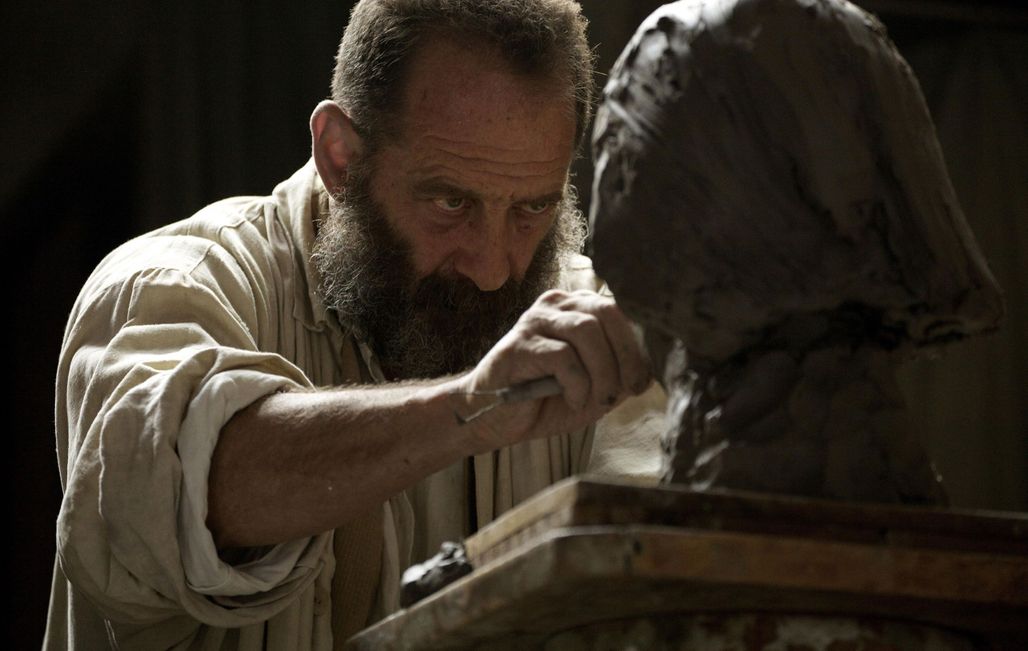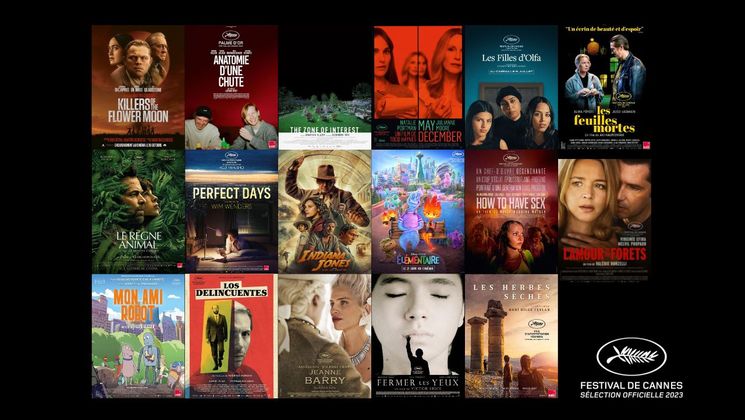
Rodin or the journey of an accomplished master

His first entry to the Official Selection was La Drôlesse (The Hussy) in 1979. Now competing at the Cannes Film Festival for the third time, Jacques Doillon was last up for a Palme d’Or in 1984 with La Pirate (A Pirata). Rodin is his 28th feature-length film and stars Vincent Lindon as the revered sculptor who enjoyed his first brush with fame in his early forties.
Use of body language had already lent its inherent sensuality to his previous feature-length film, Mes Séances de Lutte (Love Battles, 2013). Physicality is an essential ingredient for Jacques Doillon, who confesses that he has a preference for full-bodied actors such as Vincent Lindon, whose powerful Rodin felt incredibly natural. The film examines the emotional turmoil of a man torn between his passionate love for Camille Claudel (fresh-faced actor and singer Izïa Higelin) and the solid dependability of long-term partner Rose (Séverine Caneele, who won Best Actress for her performance in L’Humanité (Humanity). The film is also an ode to the spectacular art produced by this master of modern sculpture.
‘Beauty can only be found in work. Without it, we are done for,’ Rodin is said to have told Cézanne when the latter was in the throes of self-doubt. The film is also a love letter to hard work (it took the sculptor seven years to complete his Balzac statue) and emphasises the intensity inherent to any act of creativity or art. Auguste Rodin had eyes only for the pulsing of bodies, living flesh and the changeability and life-like characteristics of clay, leaving his assistants to replicate his sculptures in less ‘organic’ materials such as marble or stone.
Using the painter’s studio as the primary backdrop, several of the film’s sets were inspired by the life of the sculptor (a Balzac, the Villa des Brillants in Meudon, the bedroom, the dining room, etc.), while some of the works of art were pieced back together and restored in their entirety for the filming process.


